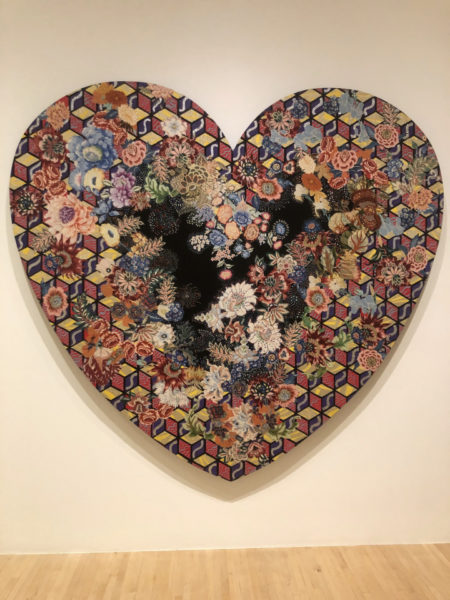
LOS ANGELES — “This is blowing my mind,” a young visitor at the Museum of Contemporary Art (MOCA) said to me, gesturing at some wall text, a two-part manifesto dating to 1976 by the artist Joyce Kozloff. In the first part, Kozloff states all she is against: “anti-pure, anti-purist, anti-puritanical, anti-minimalist, anti-post minimalist, anti-reductivist …” The list goes on (“anti-white, anti-grey, anti-grid, anti-god”) — a resounding statement against the cool aesthetic of the dominant minimalist art movement of the time. In the second part, she affirms the “personal, autobiographical, whimsical, narrative, decorative” as well as the “irrational, private,” and “messy.”
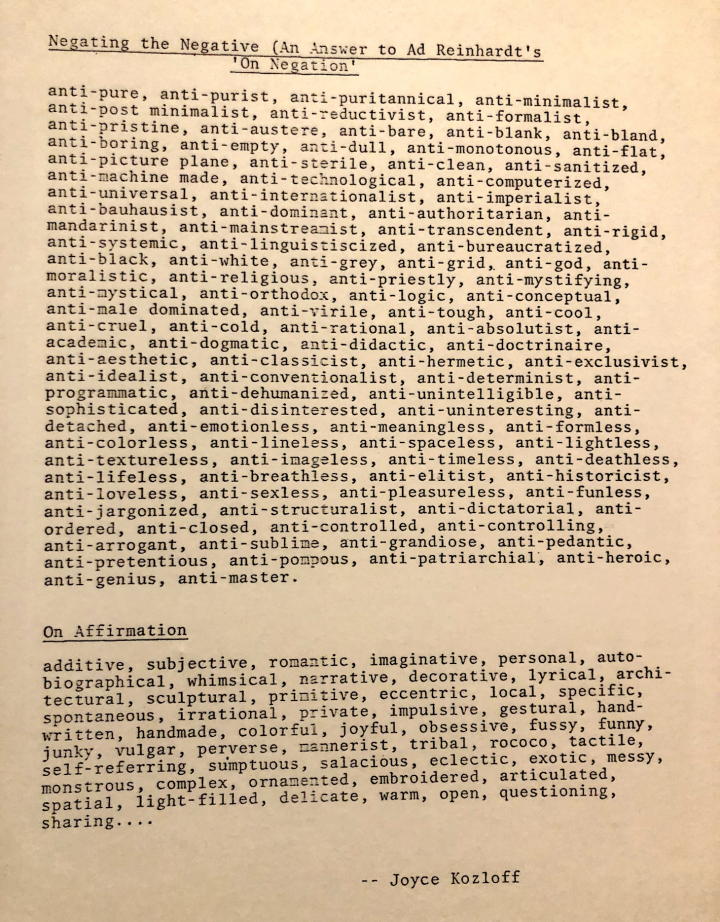
These latter adjectives describe the values of the Pattern and Decoration movement (also known as “P&D”), whose artists, working across the United States in the 1970s and ’80s, made colorful paintings, textiles, and sculptures that overflowed with texture and detail — the nightmare of a minimalist. “More is more,” the P&D artists would say.
But Anna Katz, the curator of the MOCA exhibition With Pleasure: Pattern and Decoration in American Art 1972–1985, emphasizes that the P&D movement wasn’t an anti-minimalist movement, per se. The participants’ battle was a much grander one: against centuries’ worth of art history that had treated the decorative arts as domestic and feminine and therefore inferior. (“Decorative,” Katz writes in the catalogue, was “a dirty word, a profanity.”) In response, the P&D artists unapologetically championed the aesthetics of decorative crafts, pulling inspiration for their art from wallpaper to rugs.
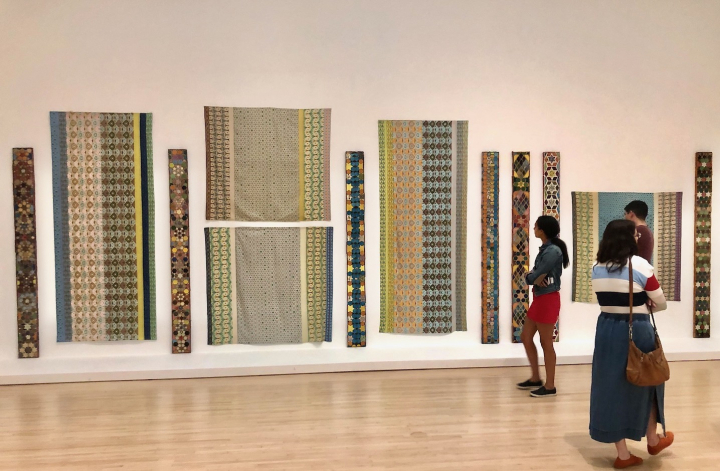
“While critical, P&D is not cynical,” Katz writes, “and the gestures P&D makes are those of love and embrace.” Their art, as Kozloff espoused, was “warm, open,” and “sharing,” and made a statement. I’m reminded of the film critic Pauline Kael, who wrote critically and intelligently about the movies she loved. She showed that our enjoyment for something deserves being looked at and can offer insights into ourselves and our culture. As Susie Linfield observes, “what Kael showed is that the lover can see just as clearly, and be just as smart, as the skeptic.”
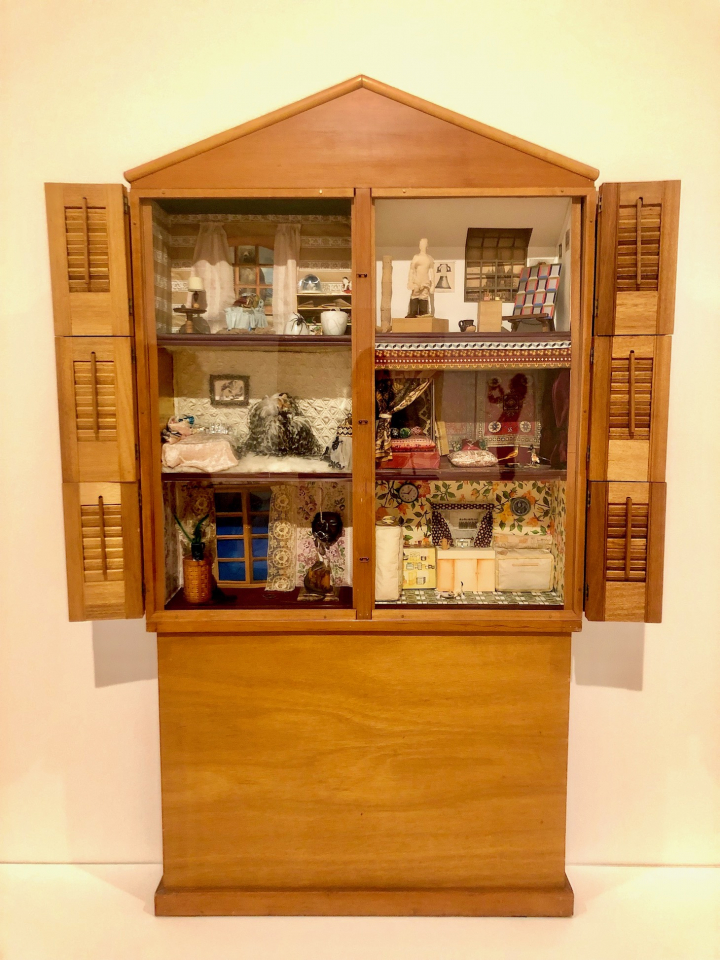
This is what I think about when I look at Miriam Schapiro’s giant sculpture of a heart composed of flowery fabric, quilt designs, and star-shaped glitter in the first room of With Pleasure. It’s a joyous, glorious object. And it’s also a piece of criticism: “Heartland” (1985) is one of Schapiro’s famous femmages (a combination of “female” and “collage”), for which she gathered fabrics, handkerchiefs, ribbon, and bits of paper from her home. “Heartland” was a way of saying that women’s work — and the private world from which it traditionally emerged — is worthy of being called art and worthy of displaying.
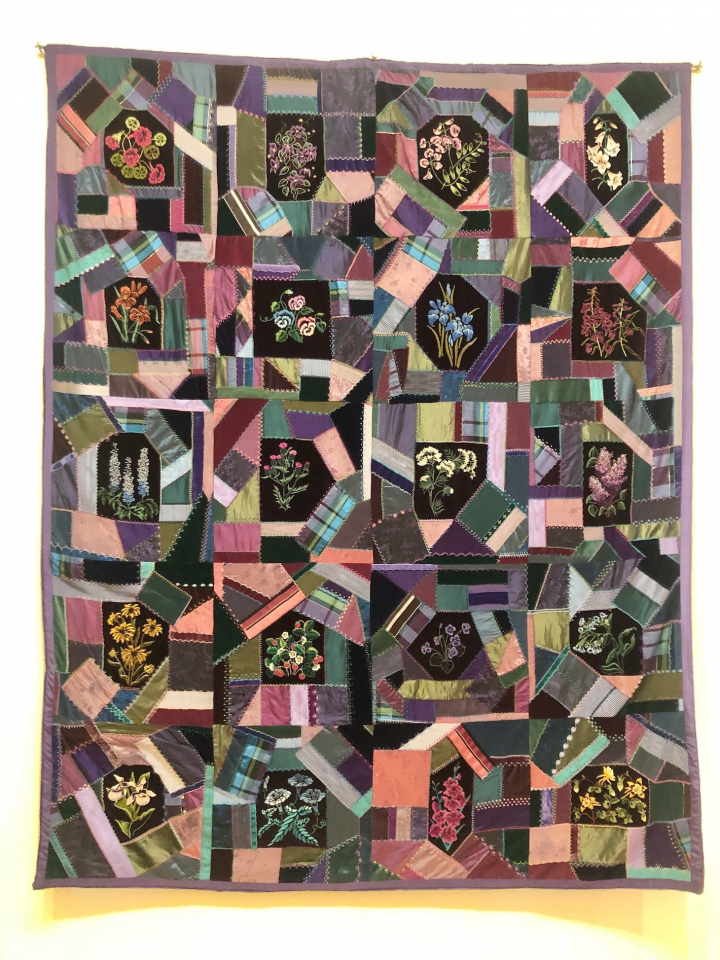
P&D is often discussed within the context of second wave, white feminism. In the MOCA show, Katz expands the conversation to include artists of color not generally associated with the movement who incorporated quilting into their abstractions. Al Loving, for example, reportedly moved away from hard-edge abstraction toward quilting because it made him feel closer to his Black identity, closer to home. As a child he watched in awe as his grandmother and her group of friends sewed large quilts together. With this memory in mind, in the 1970s Loving decided to cut up his paintings and sew them into uneven shapes. The results are warmer, softer, and more mysterious than his legendary geometric paintings.
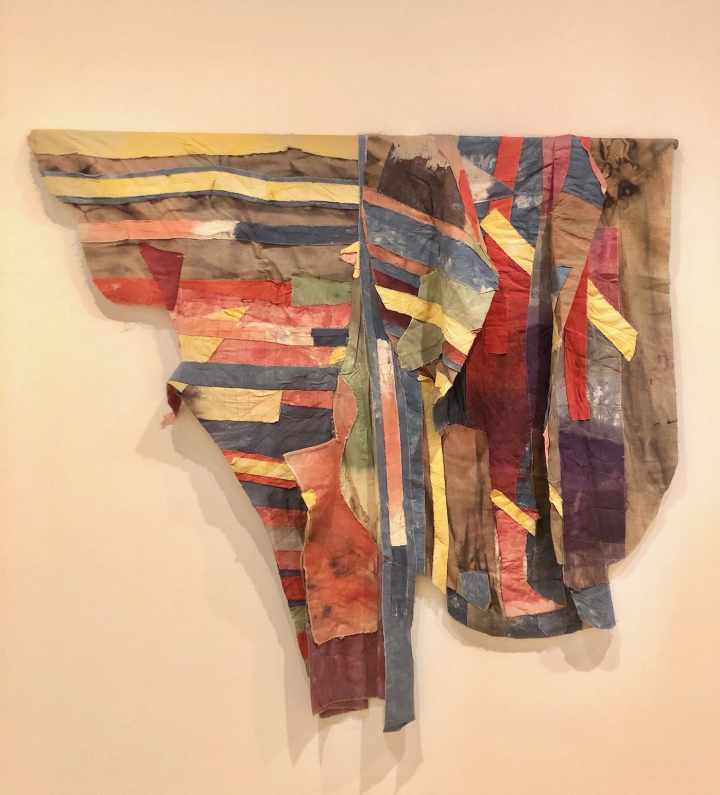
This is a show that makes you feel, and that wants to make you feel (still an unexpected priority in the formal museum setting). It’s a show that invites you to be at home. This is no coincidence: Home is at the root of Loving’s, Schapiro’s, and many others’ work. Pat Lasch’s exuberant, larger-than-life sculpture of a wedding cake honors her father, a pastry chef. Kim MacConnel literally staged a living room. Schapiro and Sherry Brody together built a doll house representing a woman artist’s home.
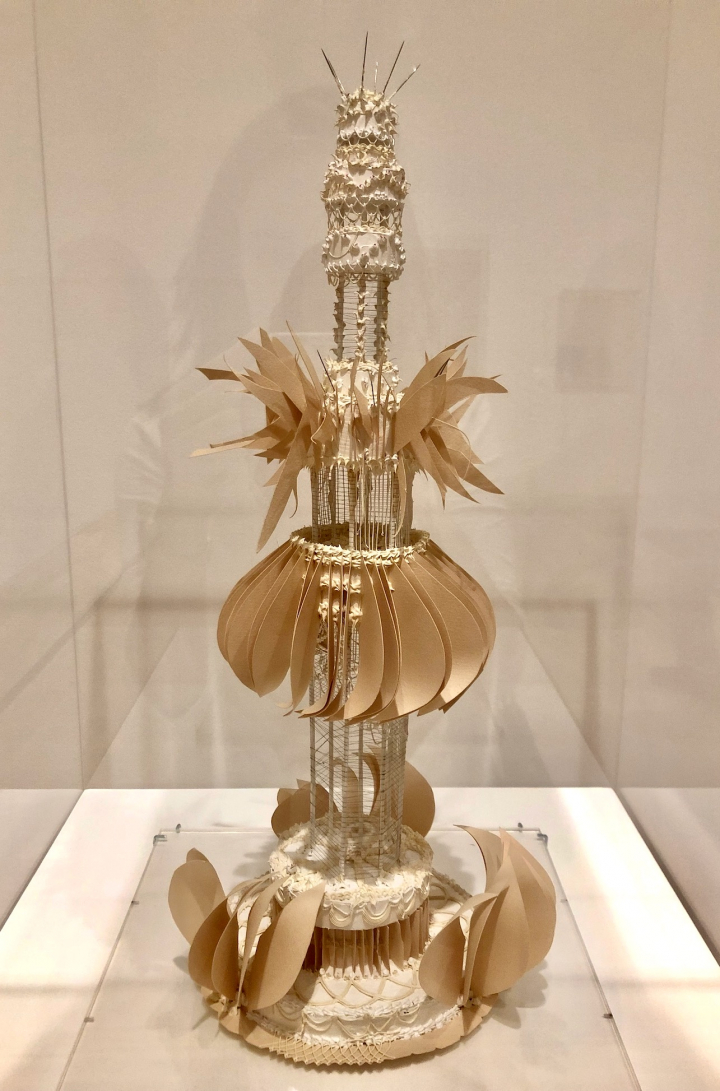
“The decorative is not strictly essential. Except that it is,” writes Katz in the show catalogue:
It is most clearly essential to how we make our homes and humanize the spaces and objects of our lives, from the daily to the sacred, where the daily becomes sacred. It is a necessary unnecessary pleasure and tenet of well-being.
Today, the P&D artists would be right in step with the times, considering the renewed and enthusiastic interest in craft. There are many reasons for this recent surge, but there is something to be said for the way craftwork conveys the human hand — a kind of warmth and connection that many of us long for in this fragmented age. There is also a growing desire to be more rooted and connected to a sense of place and community. P&D artists validate these needs, since they tell us that the objects and communities they love merit contemplating.
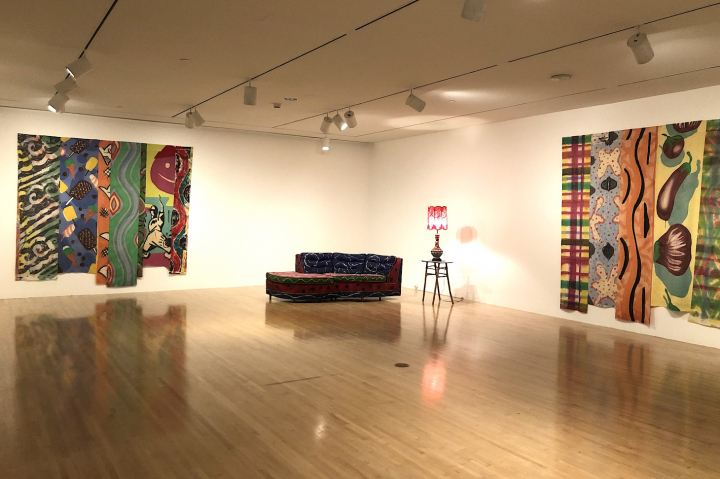
With Pleasure: Pattern and Decoration in American Art 1972–1985 continues at the Museum of Contemporary Art (MOCA) (250 South Grand Avenue, Downtown, Los Angeles) through May 11.




